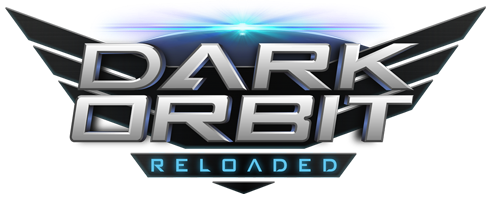Dark Orbit - finally a "real world" application for math
Discussion in 'General Archive' started by El_Burro, May 19, 2014.
Dear forum reader,
if you’d like to actively participate on the forum by joining discussions or starting your own threads or topics, please log into the game first. If you do not have a game account, you will need to register for one. We look forward to your next visit! CLICK HERE
if you’d like to actively participate on the forum by joining discussions or starting your own threads or topics, please log into the game first. If you do not have a game account, you will need to register for one. We look forward to your next visit! CLICK HERE
Page 8 of 11
Page 8 of 11
